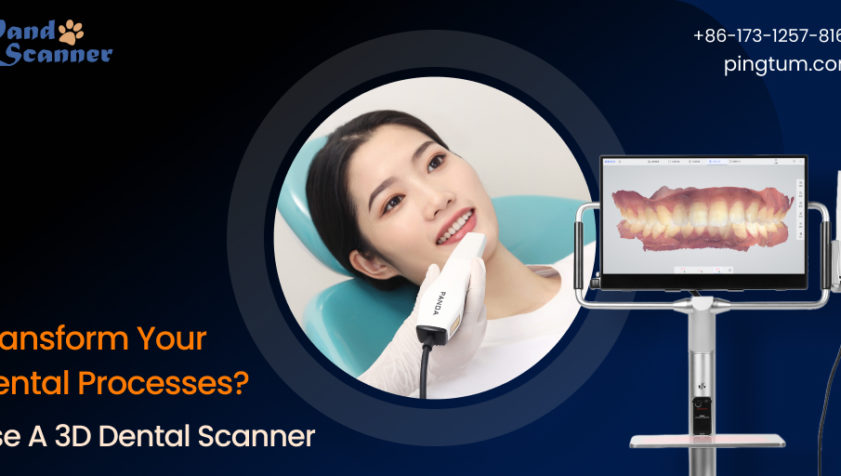What do dentists and patients mostly worry about when it comes to diagnosing and treating a dental ailment? It is about the time taken to complete diagnosis and treatment using the conventional imaging process. Missing or broken teeth can have implications for a patient. These can be related to bite or chew issues, the formation of abscesses or infections caused by bacteria, and the inability to smile, among others. The only way to treat the issue is by implanting a crown or dental prosthesis, which would appear and function like the original tooth.
However, the entire process of diagnosis and treatment would involve taking scans of the area of the missing or broken teeth. In traditional practice, the job is done by taking an X-ray and obtaining the impression of the tooth on a gooey alginate material. Needless the say, the entire process could be quite time-consuming and frustrating for the patient. He or she needs to hold on to the alginate material inside the mouth without moving. And should the dental impression does not come out properly, the entire sequence needs to be repeated.

No wonder, patients find this process troublesome with the added risk of gagging. What if the alginate material is swallowed by the patient inadvertently? All such issues can be fairly intimidating for patients creating anxiety. So, what is the way out? With digitization making its foray into the world of dentistry, the use of scanners, especially the 3D dental scanner, has made a transformative impact on the way diagnosis and treatment of such an issue is conducted. So, how does a 3D dental scanner function? let us find out in the below segment.
Application of a 3D dental scanner for dentists and patients
A digital dental scanner captures images of the broken or missing teeth and transfers them to a chairside computer. The images are processed by the CAD software within the computer to be displayed on the monitor for the dentist to make a precise diagnosis. A 3D dental scanner projects light sources (laser or optical) onto the object – broken or missing tooth, dental arches, or implants and captures multiple images and converts them into a CAD file. When the CAD file is sent to the digital laboratory by the dentist using an email, the lab technicians create customized crowns or restorative solutions for the patient using additive manufacturing.
The scanners can be both big standalone ones or small portable devices that can be carried anywhere. One such miniature scanner called the Panda intraoral scanner is credited with being the smallest intraoral scanner in the world. The dentist can carry the lightweight device anywhere to make a precise and quick diagnosis of dental issues. Moreover, the device is 50% faster and 30% more precise than its competitors.
How is a 3D dental scanner beneficial?
The benefits offered by a 3D dental scanner are as follows:
- Prepares customized design for a restorative solution with dimensional accuracy
- Offers safety and comfort to the patient
- A transparent process for the patient to understand
- The success rate is higher due to better accuracy of images
- Delivers better patient experience leading to more footfall
- Minimizes the time of diagnosis and treatment
Conclusion
Dental scanners like the Panda intraoral scanner have come as a boon for dental clinics and laboratories. They have brought comfort, speed, ease-of-use, and precision to the stakeholders and helped streamline the workflow at the clinic.






